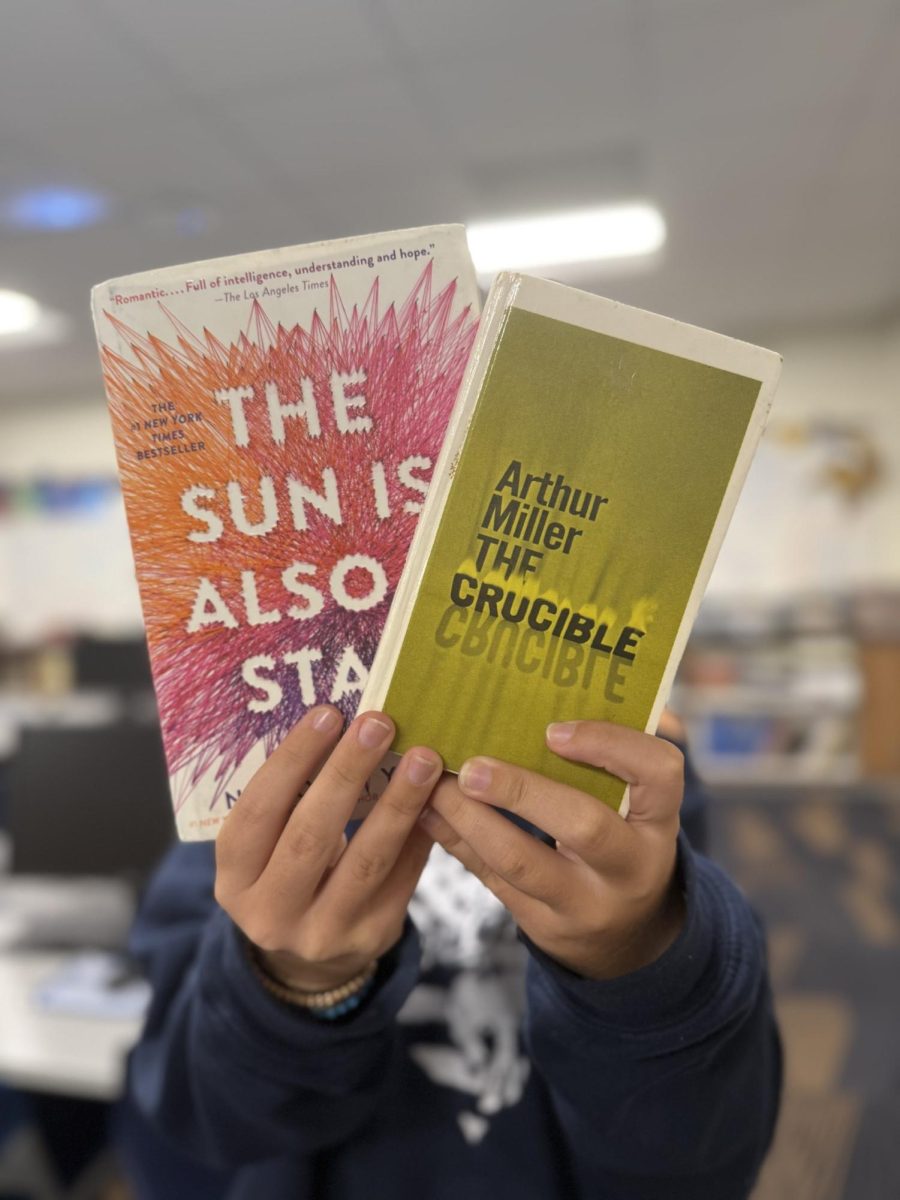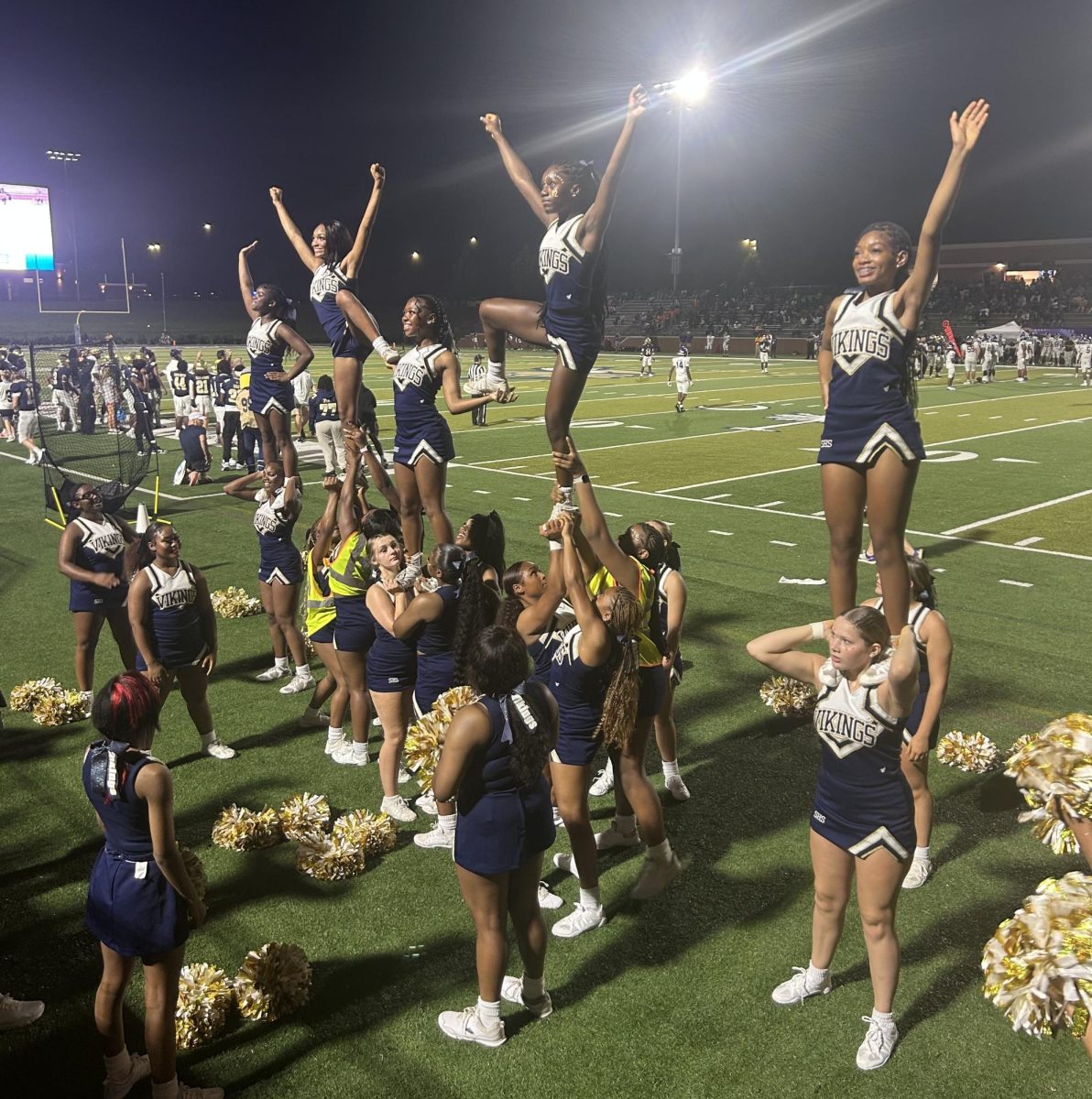Given the pressures of maintaining academic performance, extracurriculars and sports, students have long debated whether participation in athletic sports should count as physical education credit. Supporters argue that student-athletes’ experiences mirror those of the physical education curriculum.
Vivian Calvert (9), a soccer player at Spartanburg High School, believes sports should be accepted as physical education credit.
“I think that sports should be counted as a P.E. credit. Some kids in sports who are also in P.E. or weightlifting might be overworked from both activities in one day, so I feel that if their sport counts as a P.E. credit, it can give their schedule more room and give the athletes time to rest. This would definitely show that the school supports the kids’ lifestyles,” Calvert said.
This is especially true for student-athletes who juggle demanding schedules, often participating in multiple sports while keeping up with academic responsibilities. Including athletics as a P.E. credit could save time and benefit student-athletes.
Michael Wallace (11) emphasized the effort he puts into his sports.
“I personally feel like it doesn’t seem fair not to receive credit because I put in the same amount of effort as people who do,” Wallace said.
This perspective highlights the significant time and energy student-athletes dedicate to their sports, suggesting their commitment deserves formal acknowledgment in their academic records.
Student-athletes argue that the skills they develop, such as teamwork, leadership and resilience, are just as valuable as those taught in a traditional P.E. class. These qualities not only prepare them for future athletic careers but also for life beyond high school. By recognizing sports as a valid form of physical education, schools could better support student well-being by emphasizing both learning and physical health.
However, some students believe that sports and physical education serve different purposes.
Kayleena Monsay (10) believes that sports are extracurricular activities students voluntarily participate in and should not be conflated with mandatory P.E. classes, which serve a distinct purpose in the school curriculum.
“I think that athletic sports should not be counted as a P.E. credit because it is something you do on your own time, while P.E. is a class you must do during school time. Athletic sports are considered an extracurricular and not a class because you have the option to do it, but it is not needed for graduation,” Monsay said.
Supporters of the current structure argue that maintaining a clear distinction between P.E. classes and sports ensures all students have equal access to physical education, regardless of their athletic abilities or interests. With options like Junior Reserve Officers’ Training Corps (JROTC) and various P.E. electives, schools offer alternatives that cater to diverse student needs.
Other local schools in the Upstate such as Dorman, St. Joseph Catholic School and Spartanburg Day School allow students to play a school sport that counts as a P.E. credit.
This debate raises essential questions about the role of physical education in schools. P.E. classes are designed to provide students with a fundamental understanding of fitness, health and teamwork. They also ensure all students, regardless of their interest in sports, receive a minimum level of physical activity. Schools have a responsibility to educate all students equally, ensuring everyone gains a basic understanding of fitness and wellness.









